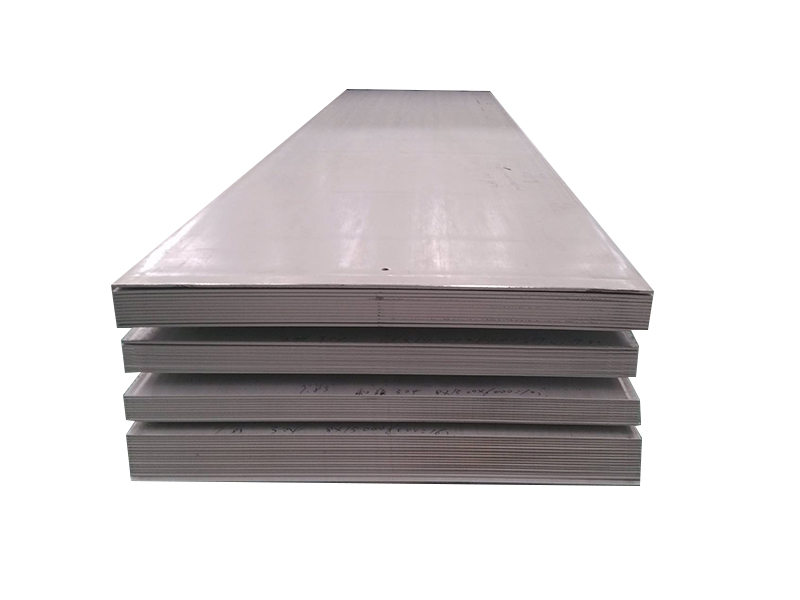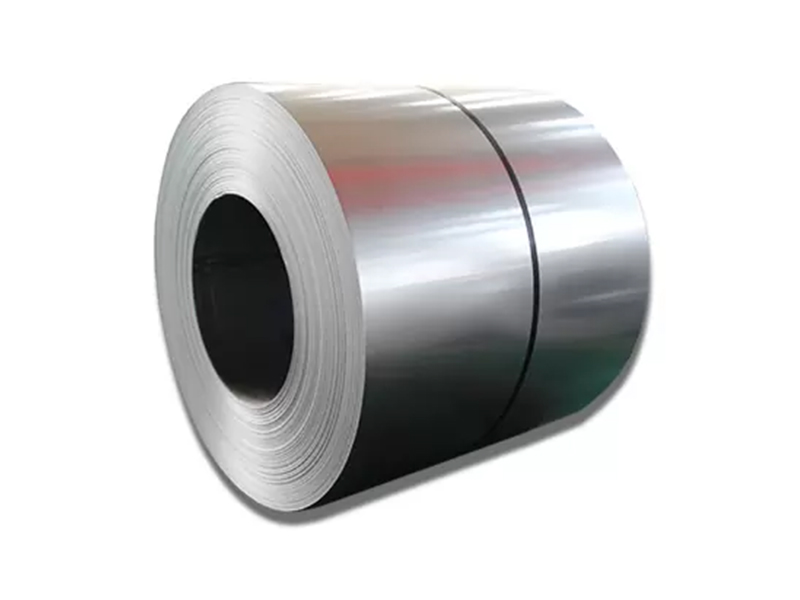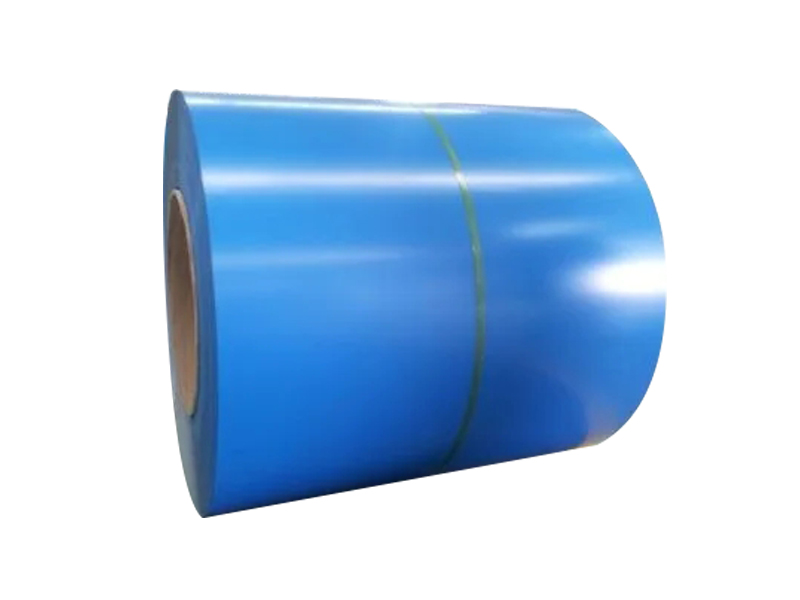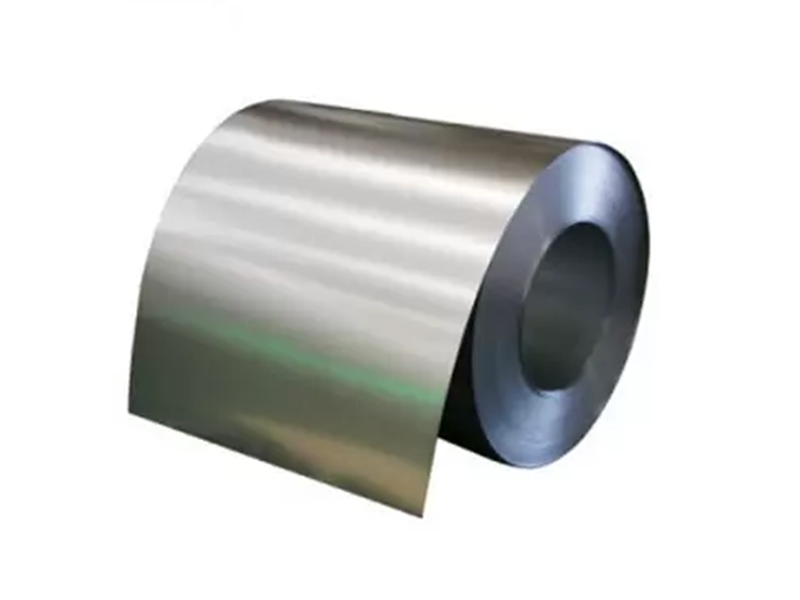
Cases
How to using galvanizing?
- 20 Sep,2023
What are the advantages of galvanized steel?
Many different industries utilize galvanized steel primarily because it has such a wide array of benefits for industries to take advantage of, including having:
Low initial cost compared to most treated steels. In addition, galvanized steel is immediately ready to use when delivered. It does not require additional preparation of the surface, inspections, painting/coatings, etc. sparing companies more costs on their end.
Longer life. With galvanization, a piece of industrial steel is expected to last more than 50 years in average environments, and can last over 20 years with severe water exposure. There is no maintenance required. The increased durability of the steel’s finished product also increases the product’s reliability.
The sacrificial anode ensures that any damaged steel is protected by the surrounding zinc coating. It doesn’t matter if the steel section is completely exposed; the zinc will still corrode first. The coating will corrode preferentially to the steel, creating a sacrificial protection to the areas that are damaged.
Rust resistance from the zinc coating. The iron elements in steel are incredibly prone to rusting, but the addition of zinc acts as a protective buffer between the steel and any moisture or oxygen. Galvanized steel is very protective, including sharp corners and recesses that couldn’t be protected with other coatings, making it resistant to damage.
Different methods of galvanizing
As stated above, there are several different processes for galvanizing steel.
Hot-Dip Galvanizing
The first and foremost method for galvanization is hot-dip galvanizing. The process is very similar to what the name suggests! In this method, steel or iron is dipped in a molten pool of zinc that maintains a temperature of around 860°F (460 °C). This molten bath begins a metallurgical bond between the zinc and the receiving metal. After the metal is pulled from the bath, it reacts to being exposed to the atmosphere, and the pure zinc mixes with oxygen to form zinc oxide. The zinc-oxide further reacts to carbon dioxide and forms zinc carbonate, which makes up the final protective coating on the material. The tell-tale sign of a hot-dipped galvanized material is the presence of a crystalline-like pattern on the surface, sometimes referred to as “spangle.”
The hot-dipped galvanizing method is an economical choice that can be quickly executed on both simple and complex shapes.
The new coated material can be worked and machined in a similar fashion to uncoated materials. Galvanized steel can be used in high-temperature applications up to 392 °F, but use in temperatures exceeding that level will cause the zinc-carbonate layer to peel off.
Galvannealing
Galvannealing is the outcome of combining the annealing and hot-dip galvanizing processes in order to produce a specialized coating on steel. The process of galvanization is performed via hot-dipping and instantaneous annealing, which produces a matte gray finish.
Galvannealed steel is a zinc-iron alloy product, where the base metal is coated by the hot-dip process, then heated to induce alloying between the molten zinc coating and the steel. The resulting finish is a dull matte surface. Galvannealed steel is conducive to welding and the surface is excellent for paint adhesion.
Pre-galvanizing
Also similar to the hot-dip galvanizing method, but performed at the very first stage of production. Pre-galvanizing is a process that involves rolling the sheet metal through a cleaning agent to quickly prime material for galvanizing. Then, the metal is passed through a pool of molten liquid zinc and is immediately recoiled. The primary advantage of this method is that coils of steel sheet can be rapidly galvanized on a large scale with a more unified coating than the traditional hot-dipped method.
- Best Sellers
-

High Quality ASTM Stainless Steel Plate 8K 304L 304 321 316L 310S 430
-

Hot Dipped Zinc Coating Iron Steel Sheets Z60 Z120 Z180 Regular Spangle Galvanized Steel Coil
-

G350 G550 Spcc Galvanized Steel Sheet Coil Prepainted Dx51d For Roofing Sheet
-

ASTM AISI 201 202 304 304L 316 316L 410 410s 430 2b No. 4 Mirror Polished Finished Cold Rolled Stainless Steel Coil for Building Material






